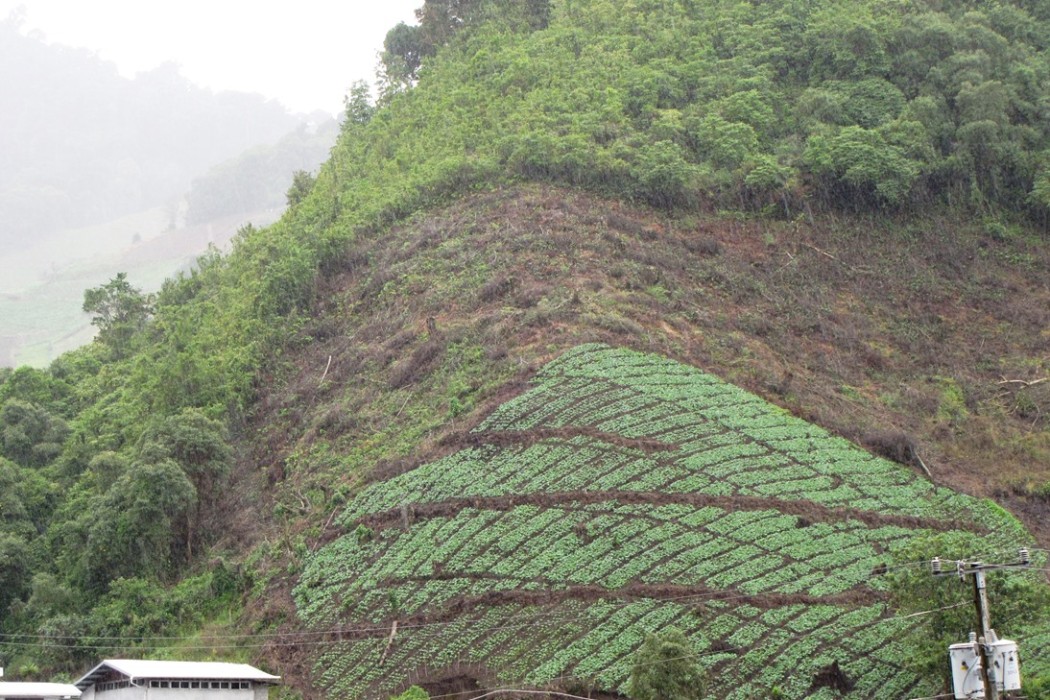The Ecological Sequestration Trust has released a draft version of their roadmap for the upcoming HABITAT III summit. The report is titled “Roadmap for Habitat III: Financing
and implementing the Global Goals in Human Settlements and City-Regions by 2030“.
“Habitat III” is the generally-accepted nickname for the global summit whose full official name is the United Nations Conference on Housing and Sustainable Urban Development. It will be held in Quito, Ecuador, on October 17-20, 2016.
The United Nations has organized the conference (the third in a series that launched in 1976), to “reinvigorate” the global political commitment to sustainable development in rural and urban towns, cities and other human settlements worldwide. The product of that reinvigoration, along with pledges and new obligations, will be known as the New Urban Agenda, which will establish a global strategy for urbanization for the next two decades.
The draft roadmap makes numerous call for the restoration and regeneration of natural capital, which is a refreshing change from the antiquated conservation approach of past decades. Conservation is essential, of course, but there are no pristine places on the face of the planet any more: all are damaged or contaminated (chemically, radiologically, or biologically) to some degree. So the only question is how much restoration is needed, not whether its needed.
Here are some sample extracts from the draft report:
- The Global Goal objectives cover the full range of human and ecological and economic activity and how to enhance their combined impacts. In particular it covers how the next unprecedented wave of development can be achieved while regenerating our damaged planet.
- New collaborative platforms are essential to allow city communities to create new forms of sustainable futures that enable their dwellers to flourish and contribute to regeneration of natural systems on the planet, on which human life depends.
- The New Urban Agenda must embrace circular economy policies and principles to move away from dumping waste in favour of recycling and reusing it. The circular economy offers national and local governments and businesses a clear opportunity for long-term growth that is less dependent on cheap materials and energy and which can restore and regenerate natural capital.
- Build resilience through planning and preparation based on assessments of risks and developed capacity to restore functions quickly and effectively in the face of disruptions and the capacity to grow and revitalize after a shock.
- Intact and restored ecosystems can contribute to resilience through improving coastal protection, for example through wave attenuation.
- Include in the urban development strategy the need for protection and regeneration of ecology and the need to meet natural environmental laws and standards.
Photo of mountain agriculture in Panama by Storm Cunningham.

